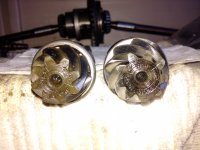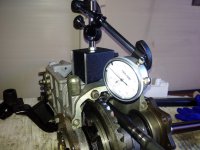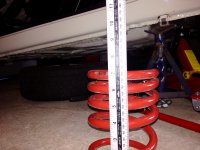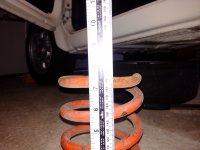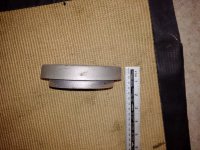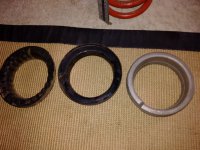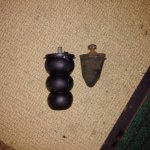I have one of the "Motomax" C/V kits sitting in my workshop (to go on my car when I fit the '5 speed' gear-box', so I dug it out and inspected it. The rounded end of the nut (the nyloc end) fits snugly into the inside of the part of the joint that fits onto the stub-axle shaft. If the nut was fitted the 'correct' way round there would be very little of the nut in contact with the coupling--only the corners of the 'hex' in fact.
There are 2 ways round this problem--both involve a machine shop (or the clever use of a lathe)--(1) have the nut/coupling contact area machined flat or, (2) have a special little washer made that will fit snugly into the coupling and also allow you to fit the nut the correct way round.
I'd imagine the material in the joint is quite hard so might have to be ground.
(I'm not familiar with the capabilities of lathe cutting tools).
Your idea of some sort of special washer sounds quite workable. I used to work on trucks a long time ago, some used a shaped washer iirc between the brake drum and wheel fitted over each wheel stud to engage with the recess on the rear face of each stud hole. A bit like the tapered/coned wheel nut used on the outside of the wheel. I mention this because 16 or 18mm is small stuff on a truck but big on a car.(I'm just guessing that the thread is about this size!). Maybe you could obtain some of these shaped seating washers or some old truck wheel nuts and cut off the taper/cone/dome part, clean out the thread and use as special washers under the nyloc nuts in your new CV joints. Of course if you have access to a lathe you would probably just turn some suitable washers in less time.
I don't suppose there is sufficient room and thread length to fit a very thick/heavy washer under the nyloc nut if fitted in the normal/correct way.
Or you could maybe turn the seating part of the nyloc nuts to match the recess in the CV joint. (the nuts are probably softer than the CV joint).
P.S. Any other colour options available?
AL>



